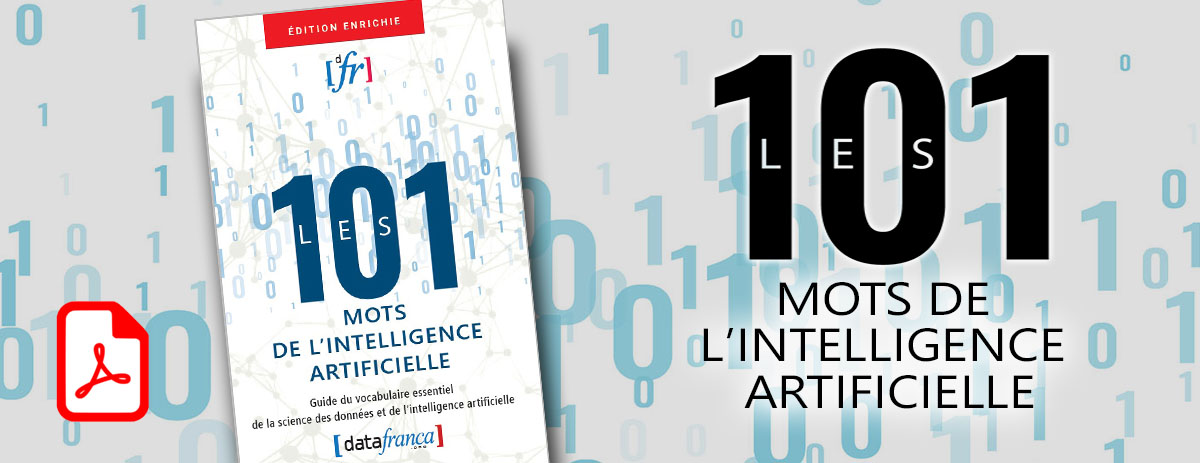« Modélisation analogique » : différence entre les versions
Aucun résumé des modifications |
Aucun résumé des modifications |
||
| Ligne 2 : | Ligne 2 : | ||
== Définition == | == Définition == | ||
La modélisation analogique consiste à construire un système physique qui reproduit plus ou moins un phénomène que l'on souhaite étudier. L'observation du comportement du modèle permet de tirer des enseignements sur le phénomène d'intérêt. | |||
== Français == | == Français == | ||
''' modelisation analogique''' | ''' modelisation analogique''' | ||
== Anglais == | == Anglais == | ||
| Ligne 21 : | Ligne 18 : | ||
[https://en.wikipedia.org/wiki/Analogical_modeling Source : Wikipedia Machine Learning ] | [https://en.wikipedia.org/wiki/Analogical_modeling Source : Wikipedia Machine Learning ] | ||
[[Catégorie:vocabulaire]] | |||
[[Catégorie:vocabulary]] | [[Catégorie:vocabulary]] | ||
[[Catégorie:Wikipedia-IA]] | [[Catégorie:Wikipedia-IA]] | ||
Version du 22 décembre 2020 à 21:33
en construction
Définition
La modélisation analogique consiste à construire un système physique qui reproduit plus ou moins un phénomène que l'on souhaite étudier. L'observation du comportement du modèle permet de tirer des enseignements sur le phénomène d'intérêt.
Français
modelisation analogique
Anglais
Analogical modeling
Analogical modeling (AM) is a formal theory of exemplar based analogical reasoning, proposed by Royal Skousen, professor of Linguistics and English language at Brigham Young University in Provo, Utah. It is applicable to language modeling and other categorization tasks. Analogical modeling is related to connectionism and nearest neighbor approaches, in that it is data-based rather than abstraction-based; but it is distinguished by its ability to cope with imperfect datasets (such as caused by simulated short term memory limits) and to base predictions on all relevant segments of the dataset, whether near or far. In language modeling, AM has successfully predicted empirically valid forms for which no theoretical explanation was known (see the discussion of Finnish morphology in Skousen et al. 2002).
Contributeurs: Imane Meziani, wiki










